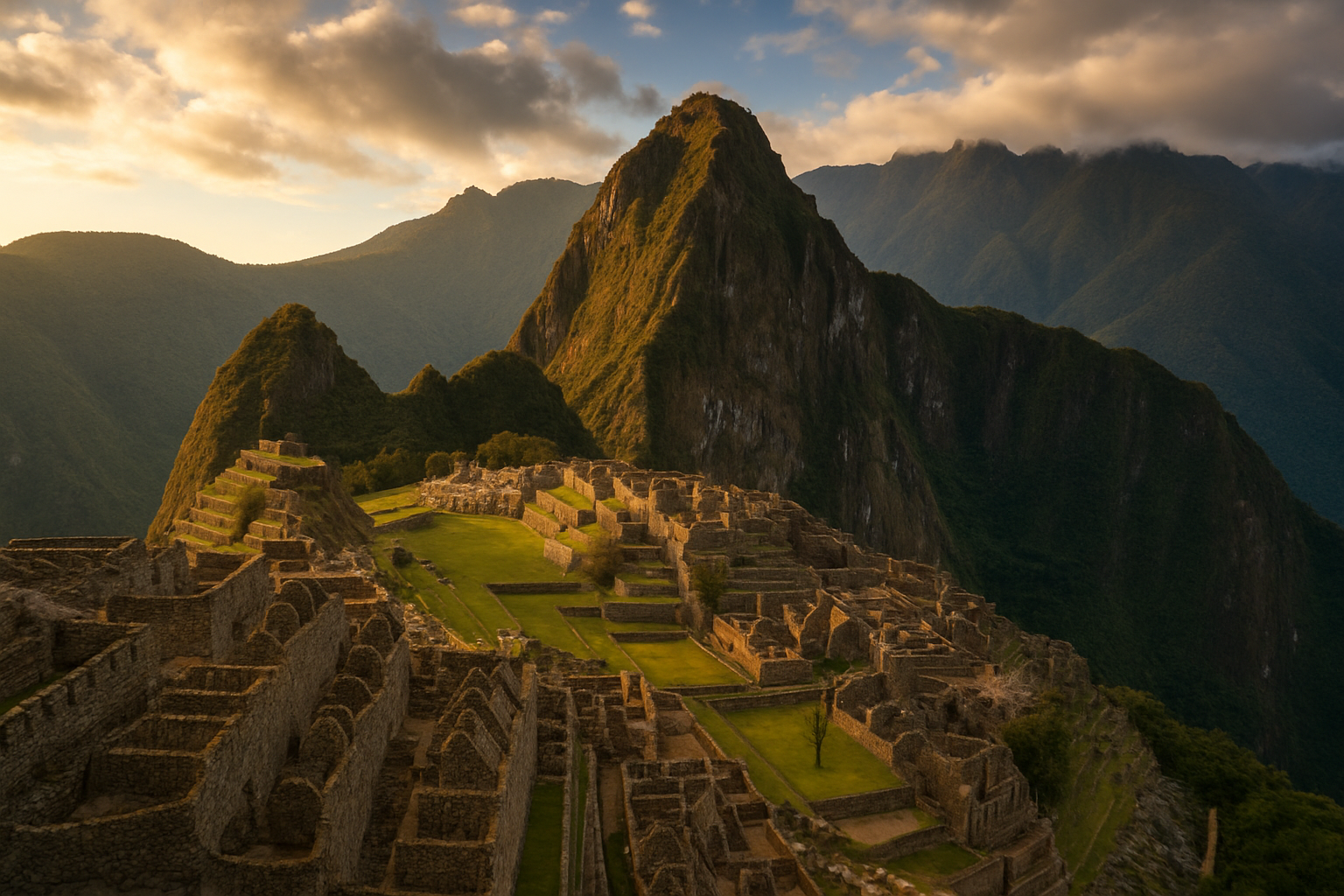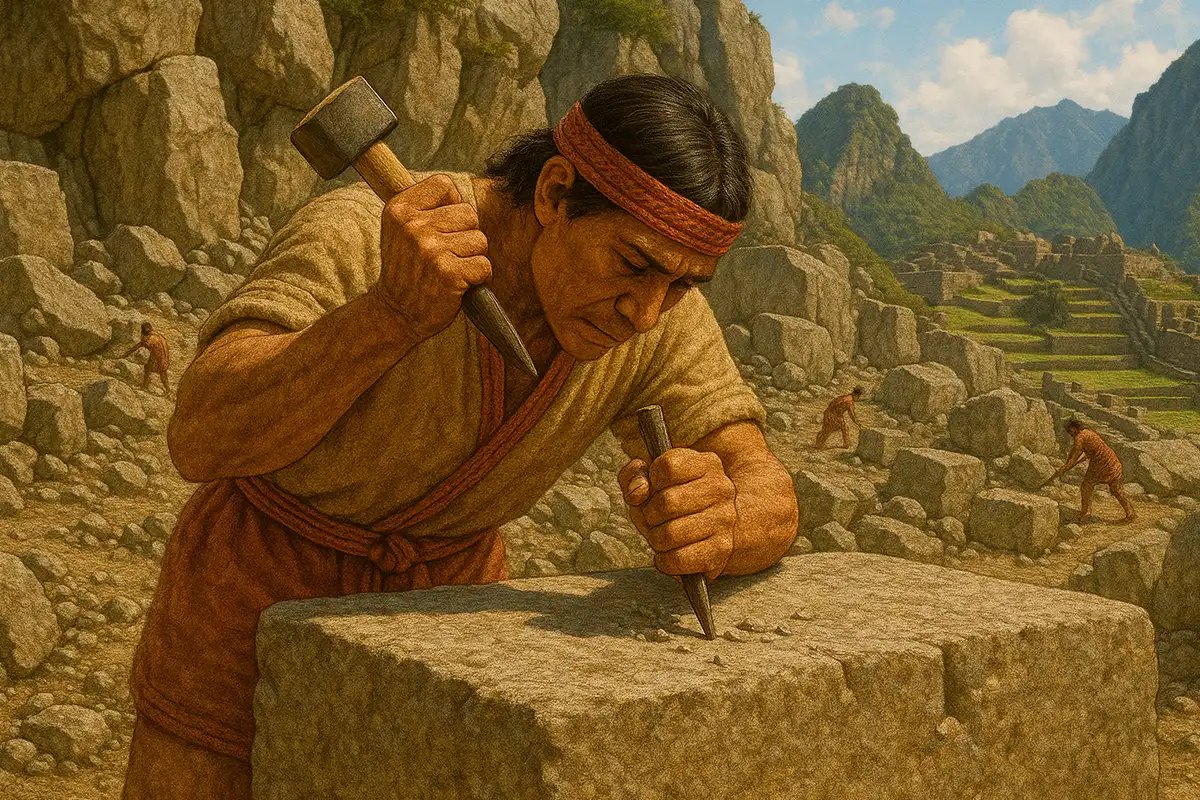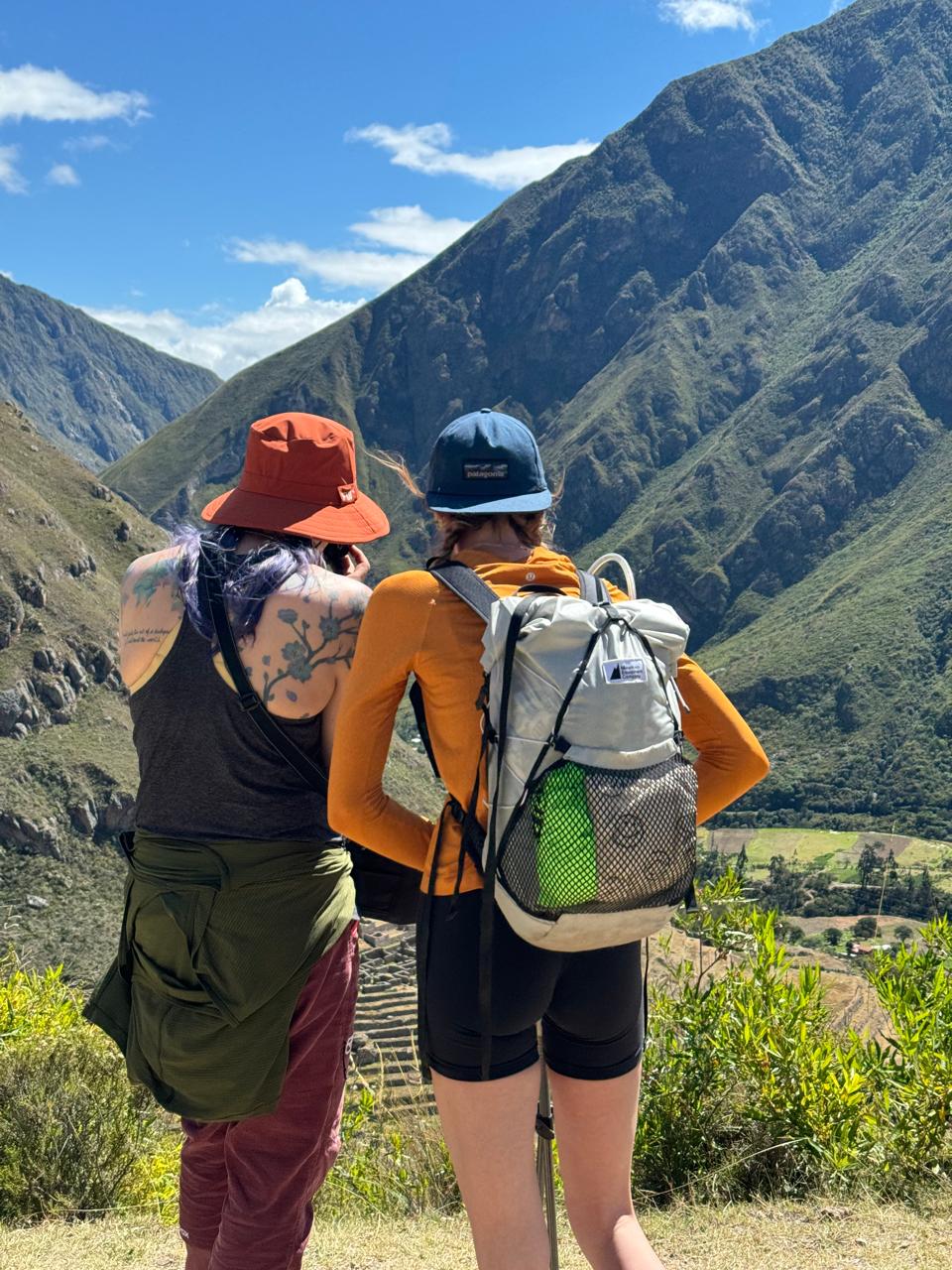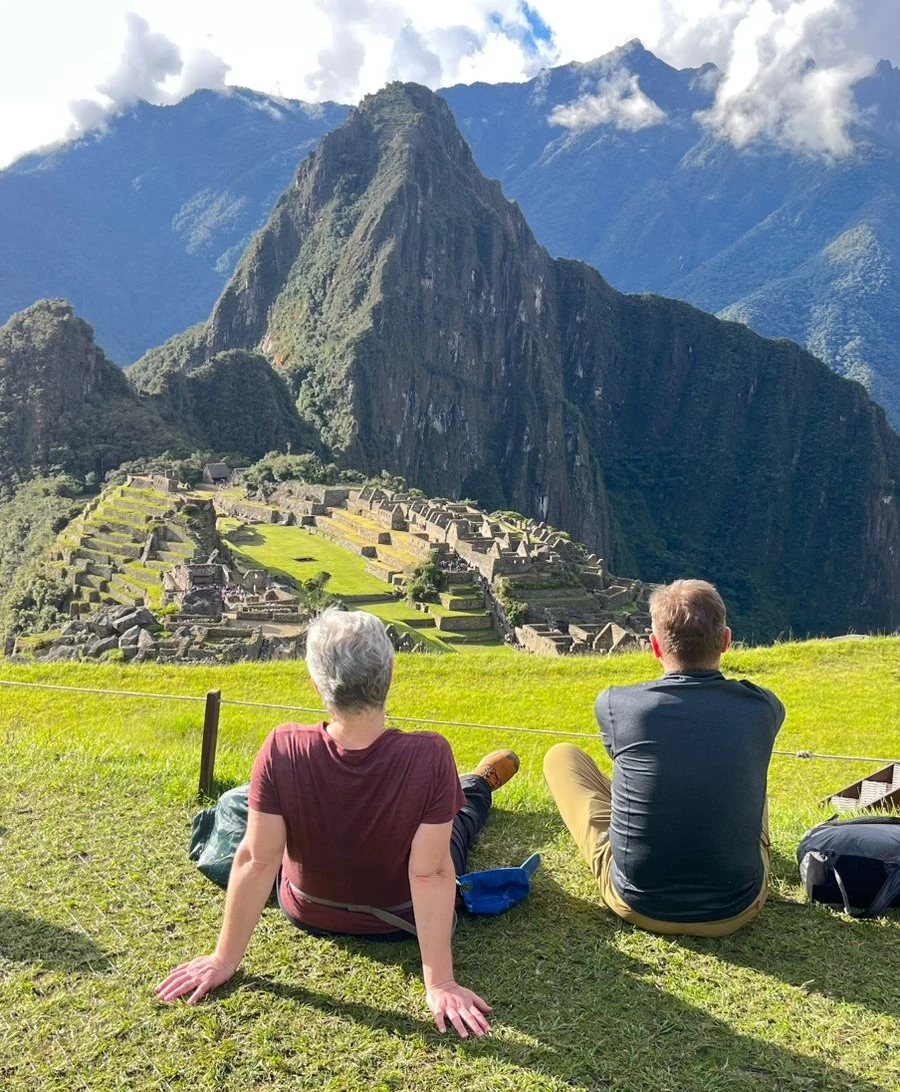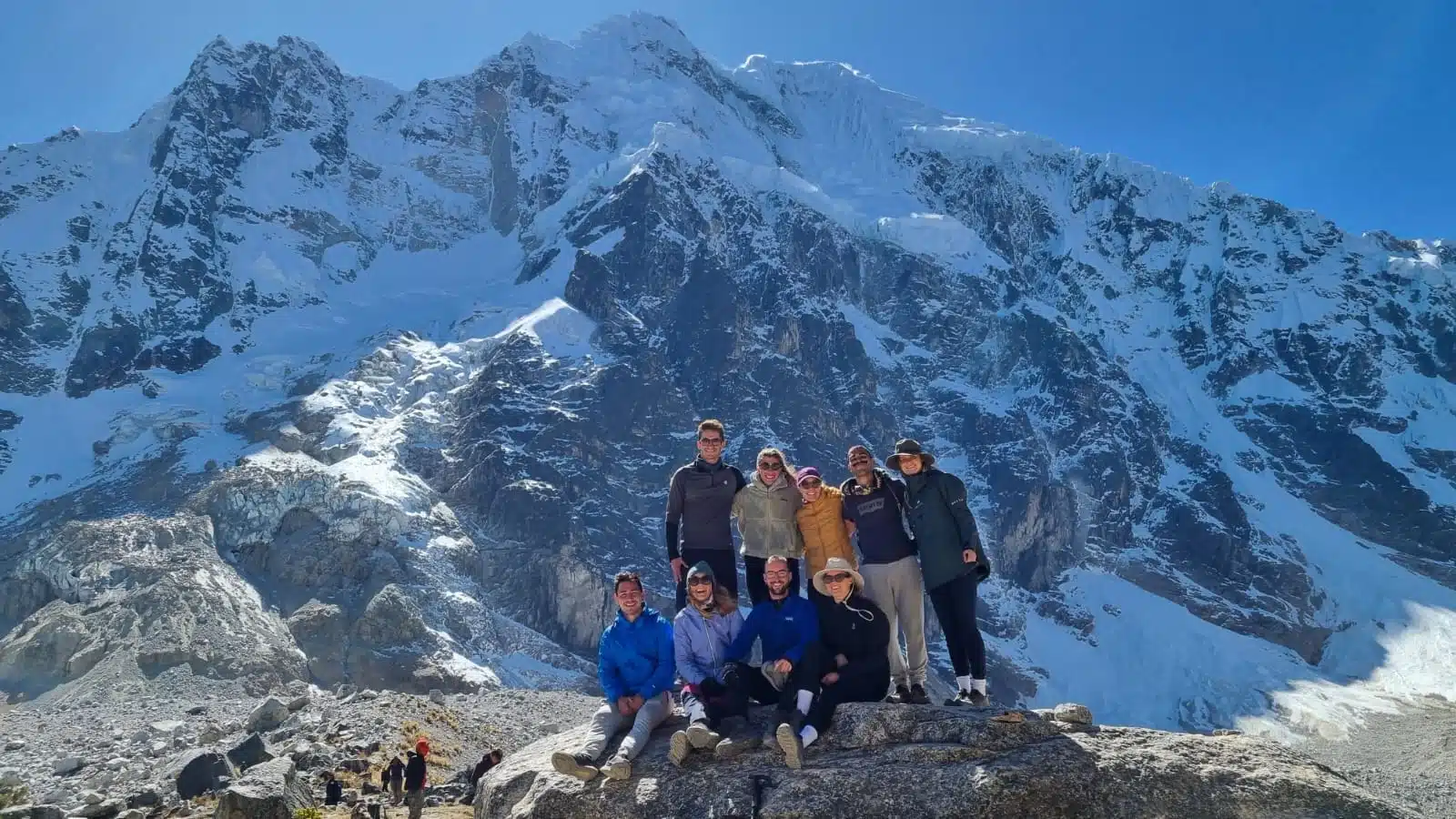Las piedras de Machu Picchu: secretos de la ingeniería inca y la arquitectura eterna
Machu Picchu es ampliamente reconocida como una de las maravillas arqueológicas más importantes del mundo, y la notable mampostería inca está en el corazón de su naturaleza enigmática. La precisión, durabilidad y atractivo estético de estas piedras han intrigado durante mucho tiempo a científicos y viajeros por igual. Es fascinante pensar cómo los incas pudieron cortar y mover rocas tan enormes sin la ayuda de herramientas modernas. ¿Quiénes fueron los responsables de su tallado? ¿Qué factores han contribuido a la integridad estructural de estos muros, que se han mantenido firmes durante más de cinco siglos? Exploremos los secretos detrás de las piedras de Machu Picchu.
¿por qué las piedras de machu picchu son únicas?
1. sin mortero, encaje perfecto
en contraste con la mayoría de las civilizaciones antiguas, los incas emplearon una técnica llamada mampostería ashlar, donde las piedras se cortan con precisión para encajar, eliminando la necesidad de mortero. incluso hoy, los visitantes se asombran al ver que ni siquiera una brizna de hierba puede deslizarse entre las juntas.
estructuras resistentes a terremotos
dado su ubicación en una región sísmica, es importante notar que machu picchu es susceptible a la actividad sísmica. sin embargo, durante eventos sísmicos, las piedras muestran una notable capacidad de rebotar y recolocarse sin sucumbir al colapso. esta flexibilidad se logra mediante la incorporación de formas trapezoidales en ventanas, puertas y nichos, complementadas con la ligera inclinación de los muros, que absorbe eficazmente las vibraciones.
integración con el entorno existente
en lugar de explotar los recursos naturales, los incas demostraron una relación armoniosa con su entorno. los afloramientos naturales de granito se incorporaron en templos y escaleras. la ciudad parece extenderse desde la montaña, logrando un equilibrio armonioso entre el desarrollo humano y el paisaje andino.
2.0 tipos de piedras utilizadas en machu picchu
granito y andesita
los materiales principales utilizados fueron granito y andesita, ambos rocas volcánicas extremadamente duras. la durabilidad de la ciudadela fortificada ha permitido que resista el paso de los siglos, un testimonio de su resiliencia.
evidencia de una cantera local
los arqueólogos han identificado canteras dentro del mismo machu picchu, particularmente en el lado este. esto sugiere que muchas piedras fueron talladas en el lugar, reduciendo la necesidad de transporte a largas distancias.
diferentes estilos de piedra
- muros pulidos ashlar: este fenómeno se ha observado en áreas sagradas, como el templo del sol.
- mampostería poligonal: las piedras, que son irregulares en forma, se encajan con precisión, una característica común en muros de contención.
- piedras de campo: estas rocas, con forma aproximada, se usan para terrazas agrícolas.
cada estilo fue meticulosamente elegido para reflejar el propósito e importancia de la estructura.
3. cómo los incas tallaban las piedras
herramientas de bronce y piedra
los incas carecían de hierro y acero, que eran esenciales para herramientas y armas. en su lugar, usaban:
- mazas de diorita, un tipo de roca más dura que el granito, usadas para golpear superficies.
- para tareas que requerían precisión y detalle, los cinceles de bronce eran la elección ideal.
- arena y agua se usaban como abrasivos para alisar.
técnica de fuego y agua
algunas teorías sugieren que calentaban las piedras con fuego y luego vertían agua fría, causando grietas que facilitaban romper bloques grandes.
prueba y error
los arqueólogos creen que las piedras se colocaban, tallaban y ajustaban meticulosamente hasta encajar perfectamente. este proceso probablemente fue increíblemente lento y requirió paciencia y dedicación, en lugar de recurrir a atajos.
4. las herramientas que utilizaron
- mazas de diorita: el proceso de dar forma al granito implica el uso de herramientas duras para golpear.
- cinceles de bronce: aunque más suaves, se utilizan para trabajos de detalle.
- cuñas y palancas de madera: esta herramienta está diseñada para insertarse en grietas y separar efectivamente la piedra.
- cuerdas y cables de fibra: este elemento es esencial para trasladar bloques pesados.
- planos inclinados y rampas representan soluciones ingeniosas para mover piedras sin necesidad de ruedas.
la ausencia de ruedas o animales de tiro significaba que la fuerza y creatividad humana eran los verdaderos motores de la construcción.
5. quién talló y construyó las piedras
artesanos maestros – pirqa camayoc
la mampostería estaba dirigida por especialistas llamados pirqa camayoc, canteros altamente entrenados que ocupaban posiciones prestigiosas en la sociedad inca.
trabajo comunitario – sistema mit’a
los proyectos a gran escala dependían del sistema mit’a, que consistía en un impuesto laboral rotativo. bajo este sistema, las comunidades aportaban trabajadores para ayudar en la construcción de infraestructura, incluidas terrazas, caminos y el propio machu picchu.
constructores espirituales
la construcción no era solo física; era sagrada. cada piedra colocada se consideraba una ofrenda a pachamama (madre tierra), contribuyendo al profundo significado espiritual de machu picchu.
6. cómo transportaban y ensamblaban las piedras
mover sin ruedas
los incas no utilizaban ruedas ni animales de tiro grandes como bueyes. en su lugar, se apoyaban en rampas, rodillos y fuerza humana para transportar enormes piedras.
técnicas de cuerda y polea
se utilizaban cuerdas gruesas hechas de fibras naturales para arrastrar piedras sobre planos inclinados por grupos de trabajadores.
el proceso de ajustar piedra por piedra se detalla a continuación.
una vez en su lugar, cada piedra se rotaba meticulosamente, se levantaba con palancas y se cincelaba hasta encajar perfectamente. este enfoque de “llave y cerradura” explica la resistencia duradera de los muros, incluso siglos después.
7. secretos de la ingeniería inca
- sistemas de drenaje: la infraestructura de la ciudad, que comprende más de 700 canales y desagües, mitigaba eficazmente el impacto de las lluvias intensas, asegurando que la ciudad permaneciera libre de inundaciones.
- terrazas: las terrazas agrícolas se usaban para estabilizar pendientes empinadas y prevenir deslizamientos de tierra.
- fuentes de agua: una red de 16 fuentes abastecía a la ciudad con agua fresca de manantial.
- precisión astronómica: piedras como el intihuatana funcionaban como calendarios solares, alineadas con los solsticios.
los incas emplearon un enfoque holístico, integrando arquitectura, ingeniería y astronomía para crear una ciudad adelantada a su tiempo.
8. el simbolismo y significado espiritual de las piedras
grabados sagrados
algunas piedras fueron talladas en forma de animales que representan la trilogía inca:
- cóndor (cielo)
- puma (tierra)
- serpiente (inframundo)
roca sagrada e intihuatana
la forma distintiva de la roca sagrada, que recuerda a una cumbre, sugiere su posible uso en prácticas rituales. la piedra intihuatana, también conocida como el “poste de amarre del sol”, servía como instrumento astronómico con profundo significado espiritual.
piedras como seres vivos
según las creencias incas, las piedras no eran simplemente objetos inanimados; estaban imbuidas de energía espiritual y se consideraban en comunión directa con pachamama.
9. el enigma que continúa intrigando a nivel mundial
a pesar de los numerosos estudios realizados sobre el tema, muchos de sus misterios permanecen sin resolver.
- ¿cuál es el proceso que se utilizó para mover piedras de más de 50 toneladas por pendientes de montaña?
- ¿emplearon técnicas avanzadas que desde entonces han desaparecido?
- ¿qué metodología utilizaban para alinear templos con eventos celestes con tanta precisión?
el misticismo perdurable de machu picchu proviene de las muchas preguntas sin respuesta que la rodean.
10. conclusión: los guardianes eternos de los andes
las piedras de machu picchu son más que simples bloques de construcción; sirven como centinelas de la historia. encarnan la genialidad de la ingeniería inca, la profunda espiritualidad de su cultura y la armonía que buscaban con la naturaleza.
la experiencia de caminar entre estos muros es como adentrarse en un mundo donde el arte, la ciencia y la fe convergen. por esta razón, machu picchu continúa siendo tanto un atractivo turístico como un símbolo de la creatividad y resiliencia humana.

